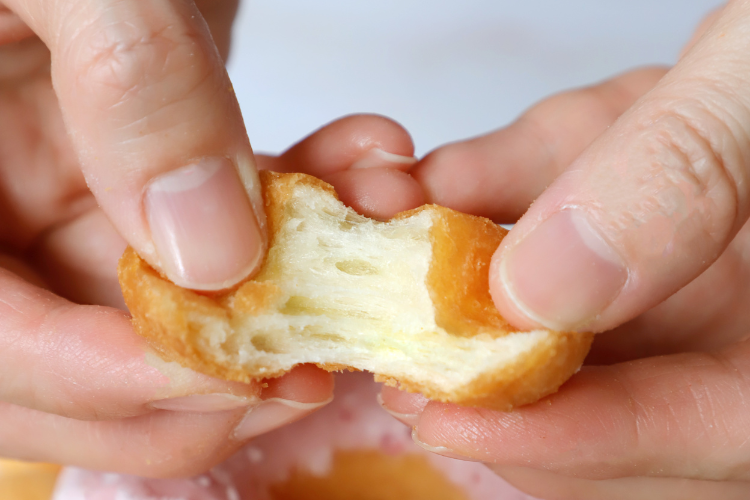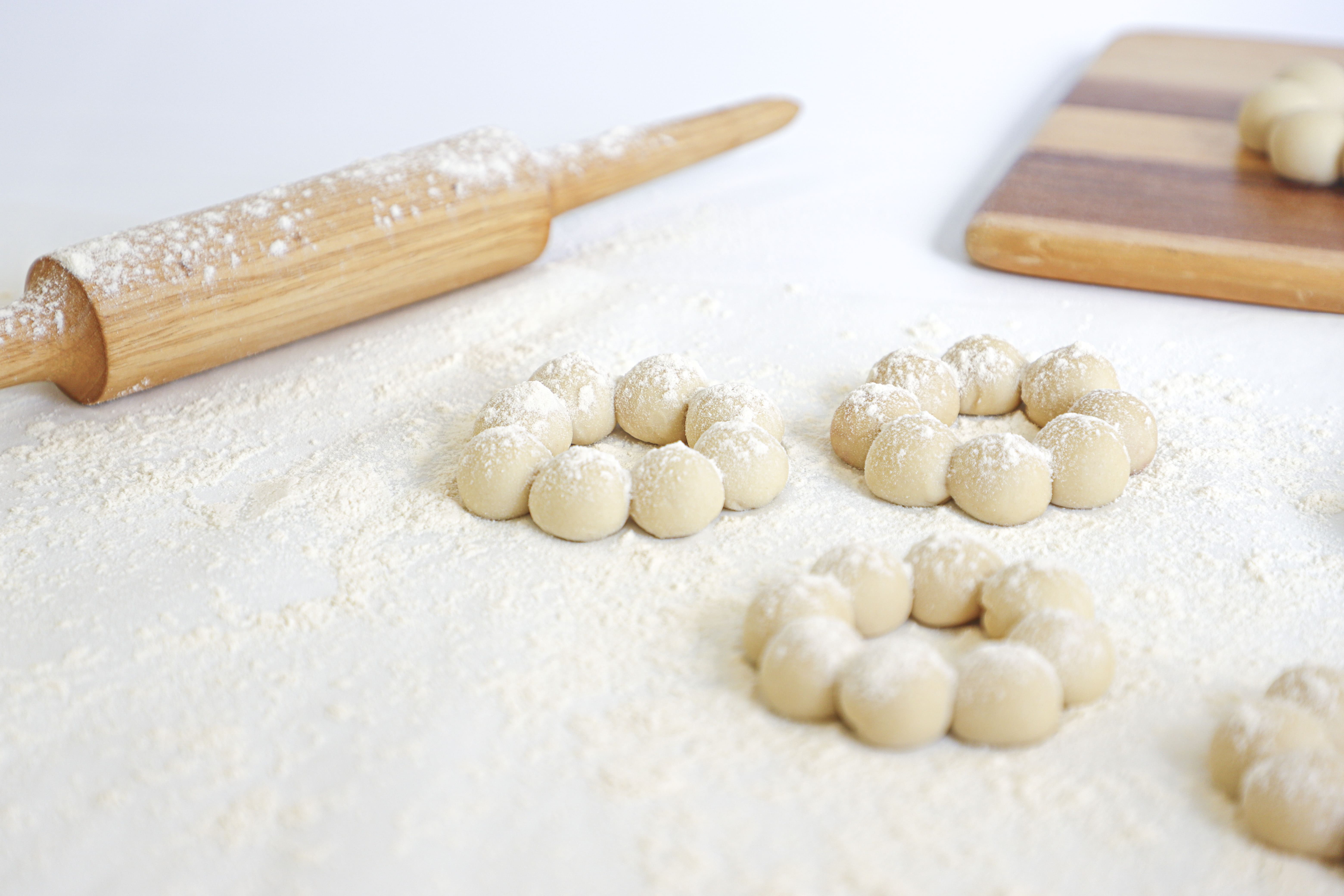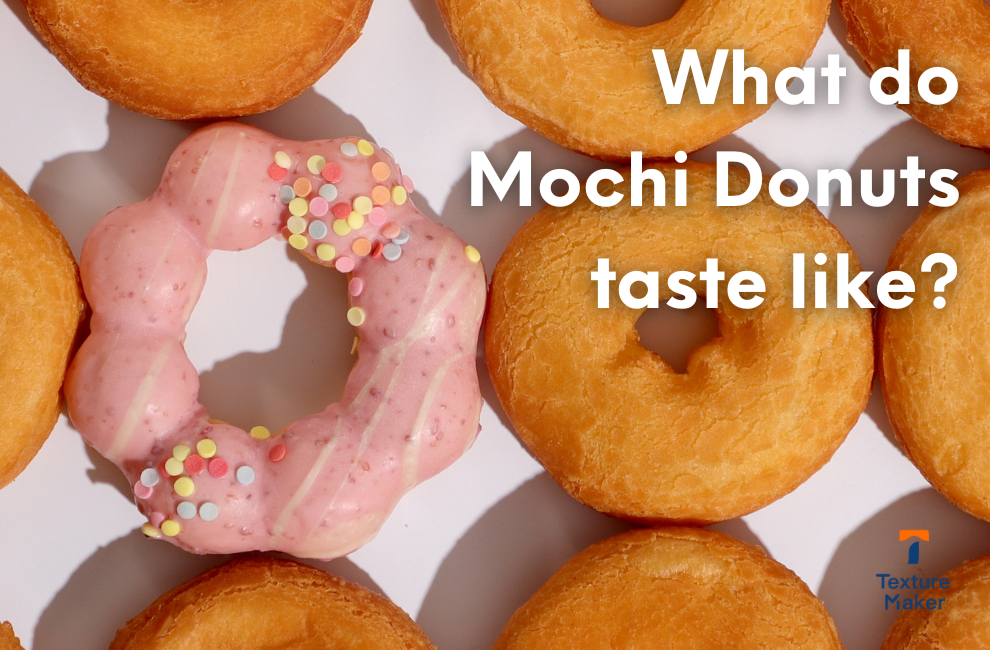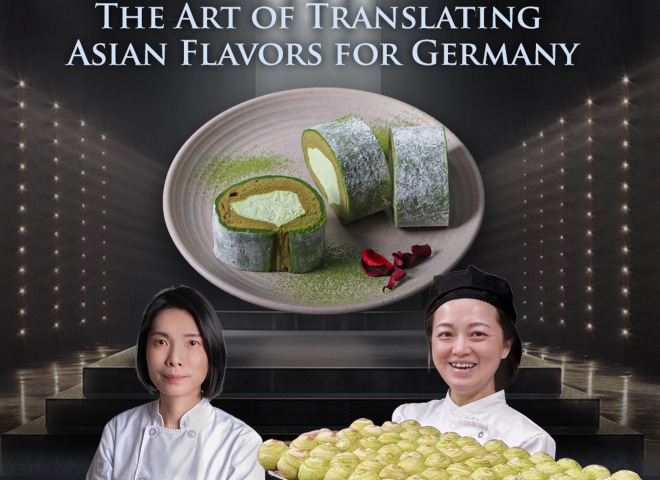The Mochi Donut Story: Where Tradition Meets Innovation
Mochi donuts have taken the culinary world by storm in recent years, winning over food enthusiasts with their distinctive chew and imaginative flavors. They represent a beautiful marriage between Japanese mochi traditions and American donut culture, creating something that's both deliciously satisfying and visually striking.
What Makes a Mochi Donut Special?
Unlike conventional American donuts, the mochi donut features interconnected dough balls arranged in a circular pattern. What truly distinguishes them is their textural contrast—a satisfying crispness on the outside that gives way to a soft, pleasantly chewy interior that keeps you reaching for another bite.

A Journey from East to West
The story of mochi donuts begins in Japan, though their popularity flourished through Hawaiian influences. "Pon de Ring" creation originally used tapioca flour. As culinary exploration continued, bakers discovered that glutinous rice flour (mochiko) created an even more delightful chewy texture. Today, these cross-cultural treats have gained universal recognition for the newness of synthesis of traditions and irresistible appeal.
Why Businesses Are Embracing Mochi Donuts
Mochi donuts offer significant business advantages in their distinctive qualities. Their production with rice flours provides them with that chewy texture that normal donuts simply cannot match. The iconic connected-ball design isn't just visually appealing, it's practical for sharing.
Customers also appreciate their lighter quality compared to traditional donuts, with that perfect balance of crisp exterior and tender inside. Their adaptability makes them especially valuable for businesses. Whether dressed in classic glazes or topped with innovative ingredients, mochi donuts provide endless creative possibilities.
The Craft Behind the Creation
They require delicate technique to produce these unique treats. The key to the chewy consistency begins with mochiko flour, then it combined with milk, eggs, and sugar to create a pliable dough.
The dough is crafted by skilled hands to create the signature ring that makes mochi donuts so instantly recognizable at first glance.
Deep-frying performs its magic, building that golden exterior while preserving that soft chewy interior.
The final touches with matcha, chocolate, or fruit-flavored glazes, perhaps augmented by toppings like crushed nuts or coconut to complete the sensory experience.

Flavor Explorations
The mochi donut world offers a bountiful set of flavor explorations:
- Matcha Mochi Donut delivers a nicely balanced green tea experience, mixing sweetness with delicate earthiness.
- Taro Mochi Donut presents a striking purple hue alongside its gentle, nutty flavor notes.
- Black Sesame Mochi Donut lends intense aromatics and a striking charcoal-gray color that pops in any case.
- Tropical flavors like Mango and Passionfruit Mochi Donut bring brightness and tartness to the experience.
- The Cookies and Cream Mochi Donut bestseller features crushed cookie pieces atop a smooth, creamy glaze.
How Mochi Donuts Differ from Traditional Donuts
Similar to traditional donuts, mochi donuts differ in some notable ways: Their chewy, bouncy texture is the reverse of donuts' light, airy softness.
Substitution of mochiko flour for wheat flour changes texture and taste profile in an essential manner. Their "pon de ring" shape offers a unique eating experience from that of standard donut shapes.
Individuals such as those mochi donuts aren't so amazingly sweet, and thus are more pleasing to a broader variety of tastes, such as individuals who generally avoid heavily sweetened foods.






